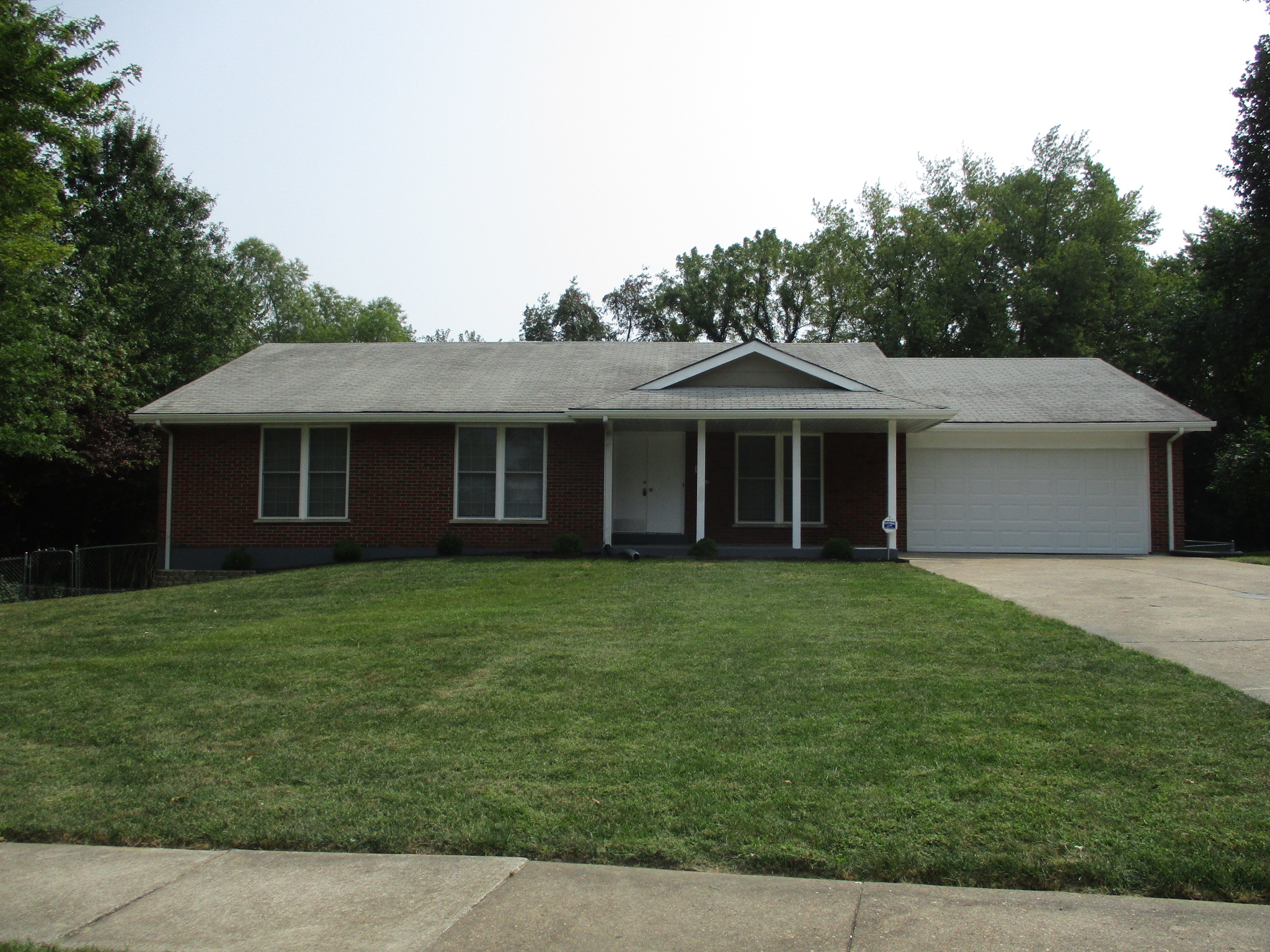 Over the past year, we’ve been fascinated and occasionally anxious as we’ve watched the real estate market. When the Coronavirus pandemic hit the United States last March and we saw the first wave of shut-downs, there was no telling what would happen in the real estate world.
Over the past year, we’ve been fascinated and occasionally anxious as we’ve watched the real estate market. When the Coronavirus pandemic hit the United States last March and we saw the first wave of shut-downs, there was no telling what would happen in the real estate world.
After all, at the time, many real estate experts were anticipating a long-overdue market slump. A crash just seemed like it had to be on the horizon.
However, 2020 was a record-breaking year...at least, for residential real estate. Bolstered by record-low interest rates and tight inventory, we witnessed a surge of home-buying interest — particularly in secondary markets!
COVID-19, stay-at-home orders, and the flexibility (and necessity) of working from home prompted many to abandon dense and expensive coastal markets in favor of more affordable, spread-out markets and their suburbs.
We’ve discussed the various reasons for the wild and profitable year in real estate, and others continue to highlight the same reasons: mortgage rates, affordability, supply, and the increased ability to work from home.
Homeownership priorities shifted along with rental desires.
What the year truly highlighted, however, was the real value of investing in residential real estate. Let’s talk about it.
The Other Side of 2020’s Real Estate Boom
While, on one hand, the real estate market was a frenzy in 2020, it was not without its problems. A few sectors felt the financial impact of the pandemic more than others.
Apartments, for example, saw a decline in rent collections throughout the year. In December 2020, rent collection was down by 24 percent in the multifamily sector (compared to March 2020). Not only that, but stay-at-home orders and working from home increased utility usage and the need for janitorial services and maintenance.
We should note that, by comparison, REI Nation ended our year with a rental collection rate of 96% and net payments of $63 million for our 2,500+ investors. Our average occupancy rate exceeded 98%.
According to Reuters, office and apartment vacancy rates rose beginning in the second quarter of 2020.
Our performance at REI Nation was not the experience of investors in other sectors. We were enormously blessed. Our strategy and our teams, by working with investors and residents, navigated the pandemic. We not only mitigated the impact it had on our investors, but we saw growth. While we saw a 6 percent increase in homes under management, a 29% increase in the combined value of homes under management, and over 2,100 lease renewals for the year, other companies and real estate strategies were not so fortunate.
In fact, Institutional Investor called 2020 a “terrible” year for real estate investors. Vacant hotels, struggling commercial real estate, and multifamily slumps made a dent in private equity real estate funds: a 34% year-over-year decline kind of dent. Fundraising and deal value struggled throughout 2020.
The Strength in Single-Family Real Estate
The struggle in these other real estate sectors only highlights the strength in single-family real estate investment. As GlobeSt put it, single-family rentals are “having a moment.” The pandemic could have very easily hampered market activity and demand. Instead, we saw a migration surge and a soaring desire for single-family real estate.
This was, in part, due to a need to escape densely-populated cities and apartment living.
While residential real estate on the whole flourished, it’s the strength of single-family rentals that really catches our attention. The demand for residential real estate from current homeowners looking to move or up-size in more affordable markets was great, but rental residents were only more motivated to trade crowded, expensive quarters for more affordable, spacious fare.
This trend of moving from apartments to SFRs was already here. COVID just accelerated the trend.
We won’t pretend there have not been challenges in the SFR sector throughout 2020. We know that many investors have not been as fortunate as we have been at REI Nation. Still, we believe that the statistics from 2020 point to the lasting power and desire for single-family rentals not only as an investment but as a living arrangement.
It might feel like a bad time to invest given the various risks revealed by the pandemic. At the same time, when we as investors pay attention to what the market wants — what our residents want — we find that we can not only succeed in uncertain times, but we can flourish.
Start investing in turnkey residential real estate today!












